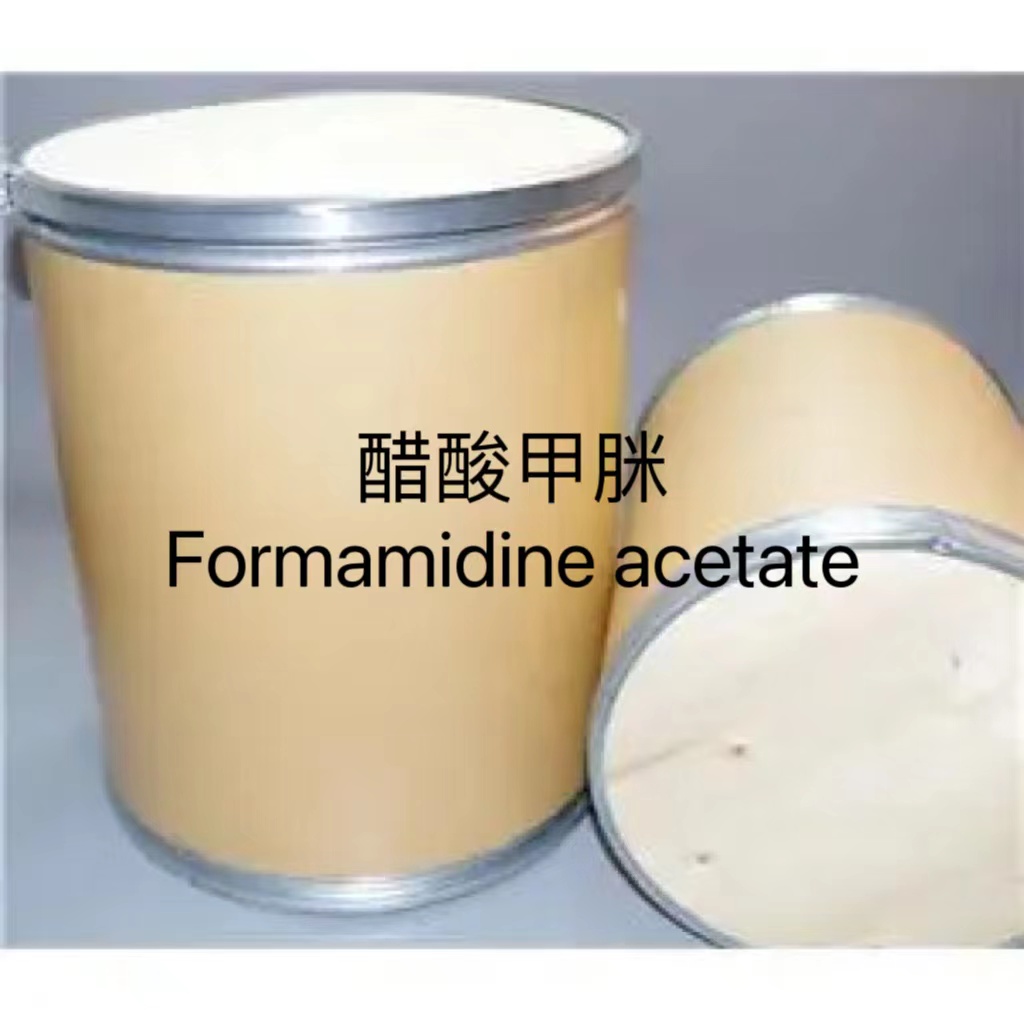As the world grapples with the alarming rise in carbon emissions and the devastating consequences of climate change, the search for effective solutions has become more critical than ever. One innovative compound that has emerged as a potential game-changer in the battle against CO2 emissions is formamidine acetate, with a CAS No. of 3473-63-0.
Properties

Chemical Formula
C3H8N2O2

Molecular Weight
104.11

Storage Temperature

Melting Point
157-161℃

Purity
≥98%

Exterior
white crystal
Formamidine acetate offers a promising avenue for efficient CO2 capture and conversion, bringing hope for a greener and more sustainable future. Its unique properties and versatile applications make it an excellent candidate for combating climate change and advancing the development of a low-carbon economy.
Formamidine acetate, a white crystalline compound, is primarily used as intermediates in the pharmaceutical industry. However, recent research has unveiled its great potential for CO2 capture and subsequent conversion into valuable chemical resources. This discovery has sparked interest among scientists and researchers worldwide, who are now investigating its applications in other industries and sectors.
One of the most significant advantages of formamidine acetate in CO2 capture is its exceptional absorption capacity. Formamidine acetate shows a remarkable affinity for CO2, allowing it to efficiently capture and remove this greenhouse gas from industrial emissions. Its strong binding ability ensures a high CO2 uptake, making it a highly efficient buffer against the further exacerbation of climate change.
Moreover, formamidine acetate also demonstrates impressive stability during the capture process, which is a crucial factor in evaluating its viability as a carbon capture solution. Its chemical structure enables it to retain its performance over multiple cycles of CO2 capture and release, making it a cost-effective and reliable option for industrial-scale implementations.
In addition to its exceptional capabilities in CO2 capture, formamidine acetate offers immense potential for CO2 conversion into valuable chemical resources. Carbon dioxide, once captured, can be transformed into useful end-products such as methanol, formic acid, or other chemicals with high industrial demand.
The ability to convert captured CO2 into valuable chemicals represents a significant breakthrough in addressing the climate crisis. By effectively transforming a harmful greenhouse gas into useful resources, formamidine acetate provides a sustainable and economically viable approach to carbon management.
Formamidine acetate's potential in CO2 capture and conversion is not limited to industrial applications. Beyond the reduction of carbon emissions from power plants and industrial facilities, this compound also holds promise in mitigating CO2 emissions from transportation sectors, such as vehicles and airplanes. The development of innovative catalytic systems and processes can enable the efficient use of formamidine acetate for CO2 capture in mobile sources, thereby further reducing greenhouse gas emissions.
As governments and industries globally strive to achieve ambitious emission reduction targets, formamidine acetate stands as a pioneering solution that can accelerate the transition to a greener future. Its effectiveness in CO2 capture and conversion, combined with its wide-ranging applications, positions it as a versatile and indispensable component of sustainable carbon management strategies.
However, further research and development efforts are needed to optimize the synthesis, scalability, and cost-effectiveness of formamidine acetate. Collaboration between academia, industry, and policymakers is crucial to support the advancement of this promising compound. By fostering innovation and creating an enabling environment, we can unlock the full potential of formamidine acetate in combatting climate change and building a more sustainable world.
In conclusion, formamidine acetate demonstrates immense promise as an effective solution for CO2 capture and conversion. Its exceptional absorption capacity, stability, and potential for valuable CO2 transformation make it an exciting compound in the fight against climate change. By harnessing the potential of formamidine acetate and advancing its applications, we can pave the way for a greener future, reduce carbon emissions, and mitigate the impacts of climate change. Let us embrace this promising solution and take decisive actions towards a sustainable and prosperous tomorrow.
Post time: Aug-15-2023






